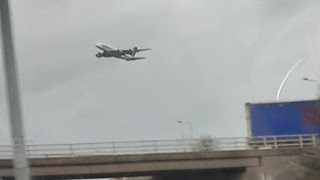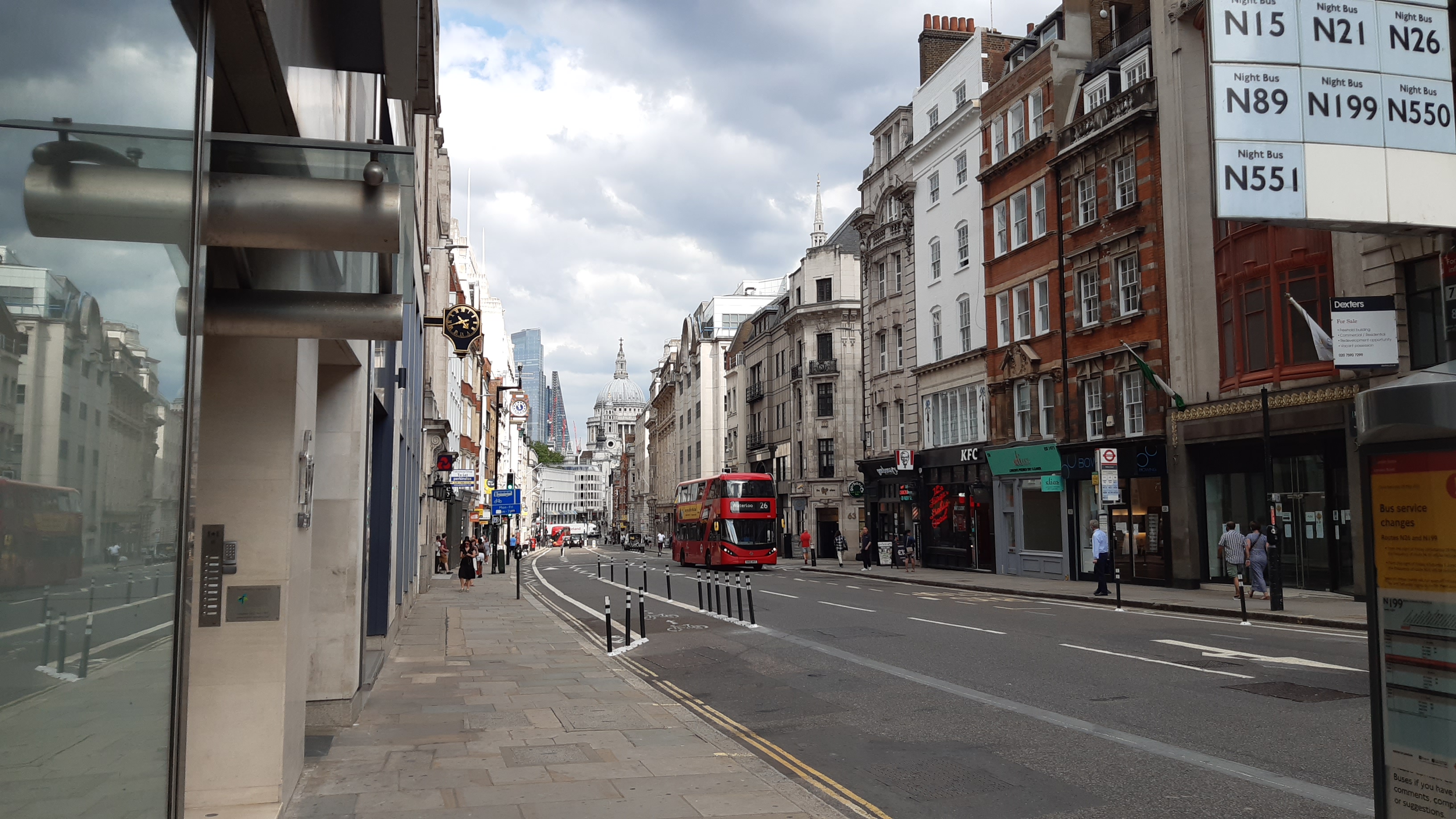The M25
I'm on the M25, for the first time in a while, and there is traffic. Not a lot of traffic for the M25 but I'm travelling nowhere near 70 mph. The M25 is an almost circular motorway around London with the Dartford Crossing (which travels northbound) and the Queen Elizabeth II bridge (which travels southbound) and the surrounding roads leading to the M25 in both directions part of the A282. Almost all of Greater London (the proper definition of London) is inside the boundaries of the M25 except two parts. The first is a tiny section near Heathrow which only contains half a roundabout and is probably the way it is to follow a river. The second section is much larger and is on the complete opposite side of London in the east, near Upminster, and contains many fields and a few houses. This section of London outside the M25 is served by the 347 which is London's least frequent bus route (excluding school buses and mobility buses which is now only the 969, which I rode just over a week ago).

|
| A plane from Heathrow |
The M25 is what was constructed in the mostly cancelled ringways scheme which proposed four circular motorways in and around London. And the M25 has an awful lot of traffic using it. At some points the M25 is five or more lanes across and traffic still piles up. The M25 ruthlessly passes through what used to be farmland and now has some things of interest that I spotted on my journey round. First was Heathrow airport which has two very very long runways and four terminals, used to five before terminal one's closure. With planes taking off or landing (depending on how each runway is used at that point in the day) flying quite low over the M25. Also spotted was the HS2 works in north London which have recently deployed tunnel boring machines which over a number of years will create the tunnels used when HS2 opens from London to Birmingham.

|
| HS2 works |
The M25, as it should, has connections to many different roads which go to many different places in the country. And the links between these major roads, with most on the strategic road network, are connected (mostly) with flowing slip roads which are skilfully crafted so there are only divisions and mergers without traffic lights or crossing traffic. In fact this efficiency of not having paths of different vehicles crossing on the level is used in railways with "grade separated" junctions which are the gold standard as no train will ever cut in front of another, forcing it to stop and wait. An interesting benefit of these junctions is safety as for trains collisions are virtually impossible and for vehicles you never meet oncoming traffic which is much safer.



Comments
Post a Comment